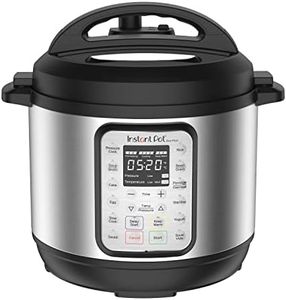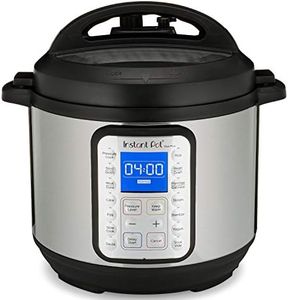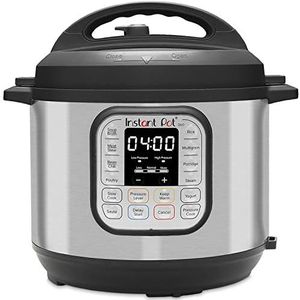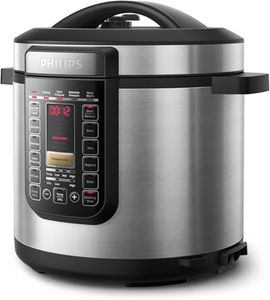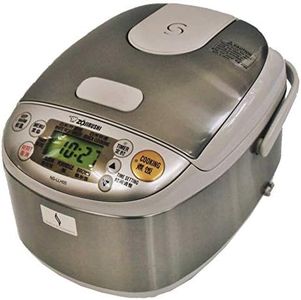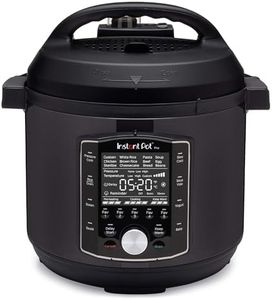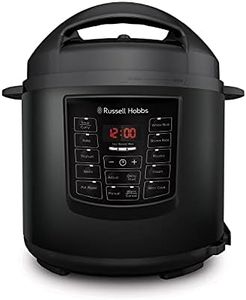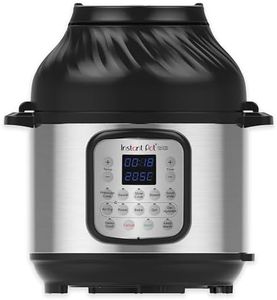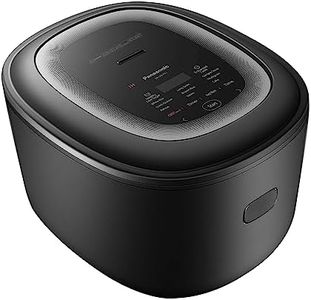We Use CookiesWe use cookies to enhance the security, performance,
functionality and for analytical and promotional activities. By continuing to browse this site you
are agreeing to our privacy policy
10 Best Rice Cookers
From leading brands and best sellers available on the web.By clicking on a link to a third party's website, log data is shared with that third party.
Buying Guide for the Best Rice Cookers
Choosing the right rice cooker can make your cooking routine much easier, saving you time and effort in preparing perfect rice and sometimes even other foods. There are many rice cookers on the market, ranging from simple, basic models to more advanced ones with extra functions. Focus on what you really need—think about how often you cook rice, how many people you serve, and if you’ll use additional features like steaming or slow cooking. Understanding the key specifications will help you pick a rice cooker that truly fits your lifestyle.CapacityCapacity tells you how much rice the cooker can handle in one go, usually measured in cups of uncooked rice. This is important because getting a cooker that's too small or too big can lead to wasted rice or half-empty machines. Small capacities, like 3 cups or less, are good for singles or couples. Medium sizes, around 5-6 cups, suit most families. Larger models, 8 cups or more, are geared toward big households or people who cook for groups. Pick a capacity that matches your usual serving size yet isn't so large that you make more rice than you need.
Cooking Modes/FunctionsRice cookers may come with different pre-set programs, such as white rice, brown rice, porridge, or even functions for steaming, slow cooking, or making cakes. More functions can add convenience if you enjoy a variety of grains or want to use the cooker for multiple types of dishes. Basic models usually have a single switch for cooking rice, while advanced models offer digital menus for cooking many different foods. Think about the types of grains you cook most and whether you want the flexibility to prepare other dishes—this will help guide your choice here.
Inner Pot MaterialThe inner pot is where your rice cooks, and materials can include non-stick coated aluminum, stainless steel, or even clay in traditional types. Non-stick pots are easy to clean but may wear out over time, while stainless steel is durable and more resistant to scratches. Clay pots are rare and more for specialty dishes. If you value easy cleaning, non-stick is handy, but if long lifespan and avoiding chemical coatings is a priority, stainless steel may be better for you.
Keep-Warm and Timer FeaturesA keep-warm function keeps your rice at an ideal serving temperature after it’s cooked, sometimes for many hours, while timer functions let you set when you want the cooker to start. These features are especially useful if you cook rice ahead of mealtime or have a busy schedule. Basic models might have only a simple keep-warm feature, while more advanced ones offer programmable timers. If you need flexibility to have rice ready at set times, prioritize a model with a reliable timer and an effective keep-warm feature.
Ease of CleaningCleaning your rice cooker should be simple, especially if you use it often. Look for cookers with removable, washable inner pots and detachable lids, as fixed parts can be tricky to clean thoroughly. Some models include dishwasher-safe components, making cleaning even easier. If you dislike scrubbing or have little time for cleaning, opt for features like a non-stick pot or parts that come apart easily.
Fuzzy Logic or Microcomputer TechnologyFuzzy logic or microcomputer (sometimes labeled as 'smart') rice cookers automatically adjust cooking times and temperatures for better results with different types of rice and dishes. This means fluffier rice and more consistency, even if you slightly mis-measure water or rice. If you want a set-and-forget experience and cook various grains, this technology is a big plus. However, if you only make regular white rice and are okay with a bit less precision, this feature might not be necessary.
